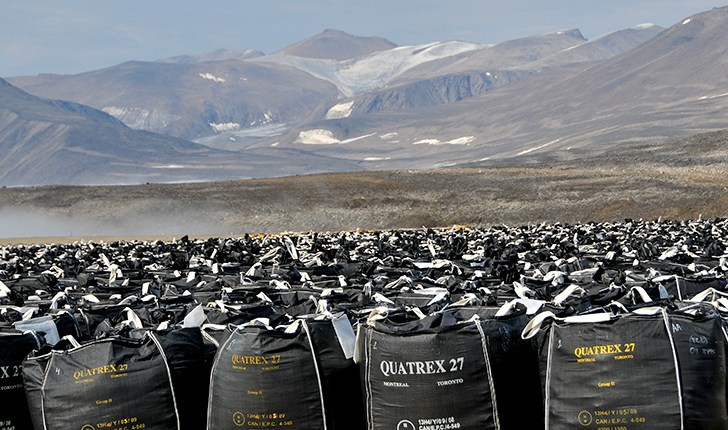
“It’s All Happening So Fast” – Climate Change Art Exhibit at the University of Toronto
“The last seventy years of development offer a striking contrast between our idealized vision of nature and the reality: the systematic exploitation of our environment, stripped of all value aside from an economic one.
We are in desperate need of radical change to shift our current trajectory. We can begin with a frank assessment of where we are now.”
This weekend I paid a visit to the University of Toronto’s Art Museum, which despite growing up in this city, never knew existed. The art museum is nestled right in the center of campus and is currently featuring a stunning exhibit on Canada’s environmental history until July 12th.
This exhibit is called “It’s All Happening So Fast” and is an exploration of Canada’s relationship with nature and the environment. This exhibit aims to uncover the ugly truth about Canada in that we are not innocent in our contributions to environmental degradation; in fact, our country has one of the poorest environmental records among wealthy nations.
The exhibit exposes Canada’s relationship with the land from 1945 to present time; illustrating everything from competing interests, cultural myths, evolving legal context, changing ideas of environmental risk, and the impact of the environmental movement. This exhibit goes beyond traditional history and employs and a variety of materials and mediums to create unique narratives by multiple voices including Indigenous Peoples, environmentalists, lawyers, politicians, judges, artists, photographers, and architects of alternative energy visions.
There are six organizing themes represented in each of the exhibits sequences: the failure of the modern project; resource exploitation in Canada’s northern territories; development of energy infrastructures; nuclear contamination; water and air pollution; and industrial fishing and forestry operations. Above all, is the loud and clear message that in the face of this environmental crisis action is necessary.

One of my favorite pieces from the exhibit is this piece by Douglas Coupland called “Slogans for the Twenty-First Century”. This piece is hilarious, shocking, and thought-provoking all in one. It gives off a dystopian vibe that pokes fun at the absurdities of our current work but also hints at a darker future. Most of these pieces are aimed at the irreversible changes to human life that has been caused by modern technologies.

Another favorite of mine is this piece by the incredible Ian Wallace. This photo was captured during the 1993 Clayoquot protests regarding the clear-cut logging in Clayoquot Sound, British Columbia.

Another piece that I really enjoyed was this map showing where all the pipelines and oil-carrying railroads are in Canada. All the purple dots are spills.

The final piece that I found to be truly alarming is titled “Cod Collapse: Total Catch of Atlantic Cod for Canada”. Anyone who had any doubts about how bad the overfishing crisis is out east will be shut up pretty quickly with one glance at this 3-D graph illustrating the decline of cod populations from 1940 to 2014.
The exhibit is accompanied by the publication It’s All Happening So Fast, edited by Lev Bratishenko and Mirko Zardini, co-published by the Canadian Centre for Architecture and Jap Sam Books, and designed by Christian Lange.
Check it out at the University of Toronto art museum until July 12th! Entry is free.
*Please forgive the awful quality of the photos in this post. I forgot my camera this day and had to take all of my photos on my phone. 🙁
Sorry, the comment form is closed at this time.




Rosie
I just got back from Canada and while I do think your country (or the general public, if not the government) is a heck of a lot better at realising the impact they and your key industries have on the environment than in the UK, my eyes were definitely opened to things people are not happy about at all. While not really a climate change issue, I was really upset to learn about BC and Alberta’s wolf “management” program which entails killing wolves because the caribou population is dropping, instead of dealing with the actual problem, which is caused by oil, mining and forestry removing their habitat. I truly hope that exhibits like that open more people’s eyes and encourage them to tell their politicians and governments that they’re not happy.